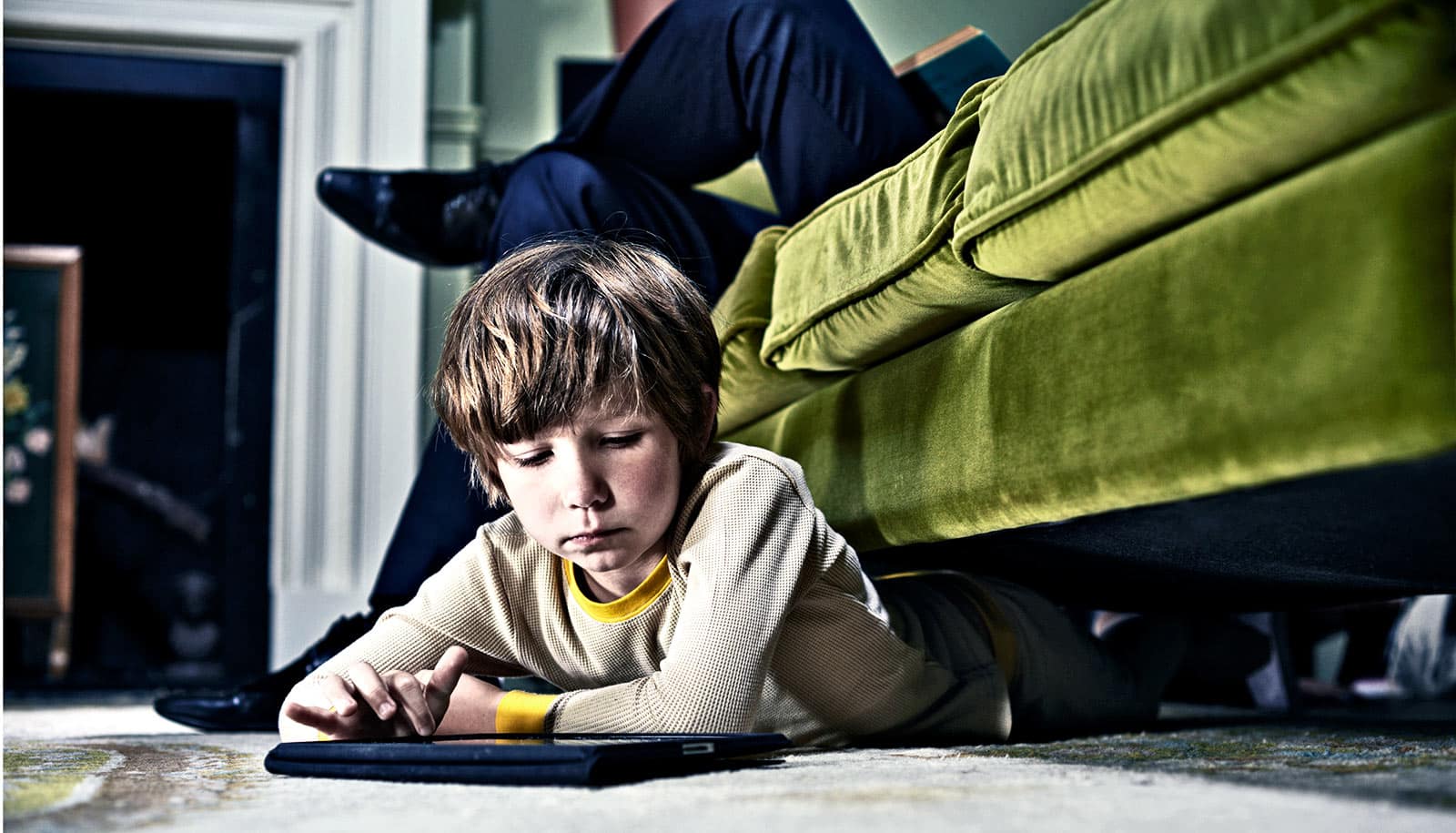
(Credit: Getty Images )
Periodic check-ins may work better for kids with autism
Momentary check-ins can help reduce problem behaviors in kids with autism, and be easier for parents and caregivers to implement.

Momentary check-ins rather than constant monitoring can reduce behavior problems in kids with autism and offer more flexibility to parents and caregivers.
Self-inflicted injury, aggression toward others, and yelling are common problem behaviors associated with young children diagnosed with autism spectrum disorder.
These actions can result from the child being denied attention or access to items they enjoy, as well as from internal discomfort or environmental stressors such as noise or large crowds.
While existing intervention methods can be effective in controlled environments, they can be harder for busy parents, teachers, and caregivers to implement in everyday situations, says Kyle Hamilton, a behavior analyst at the Thompson Center for Autism and Neurodevelopmental Disorders at the University of Missouri.
Currently, experts advise parents to watch their children for long periods of time (up to several minutes) and give a reward only if the child’s behavior is appropriate the entire time. However, a parent who is cooking dinner in the kitchen may not be able to simultaneously supervise children playing in a nearby room for long periods of time.
With the new approach, parents would only check their children periodically for a few seconds. If the parent sees appropriate behavior at the time of the check, they could give the child a small reward.
“Rather than constantly monitoring the child, this new technique allows for periodic check-ins to see if the child is engaging in problem behaviors and reward them if we are seeing improvements,” Hamilton says.
“Through positive reinforcement, we can help reduce problem behaviors for kids with autism, which will allow them to be around their typically developing peers more often in society.”
Given the broadness of the autism spectrum, these findings can lead to additional studies into which treatment options are most effective for reducing various problem behaviors. In addition to minimizing self-inflicted harm that can damage children’s long-term health, reducing problem behaviors can help remove the social stigma that many kids with autism face.
“By reducing problem behaviors, we can help these kids spend more time in natural environments, whether that is at the grocery store, pool, restaurants, or school,” Hamilton says. “We want them to have every opportunity to live the most normal life possible and provide them more exposure to the natural world.”
The study appears in the journal Current Developmental Disorders Reports.
Source: University of Missouri
The post Periodic check-ins may work better for kids with autism appeared first on Futurity.
Share this article:
This article uses material from the Futurity article, and is licenced under a CC BY-SA 4.0 International License. Images, videos and audio are available under their respective licenses.
Related Articles:
Families of kids with autism face burnout and false accusations
Jan. 3, 2020 • futurityCan college students go home for Thanksgiving safely?
Nov. 17, 2020 • futurityLinks/images:
- https://www.futurity.org/autism-interventions-ndbi-2235342/
- https://www.futurity.org/toddlers-callous-unemotional-behaviors-1136302-2/
- https://www.futurity.org/families-of-children-with-autism-2246632-2/
- https://doi.org/10.1007/s40474-020-00185-y
- https://news.missouri.edu/2020/reducing-problem-behaviors-for-children-with-autism/
- https://www.futurity.org/kids-with-autism-families-intervention-2297622/
- https://www.futurity.org


